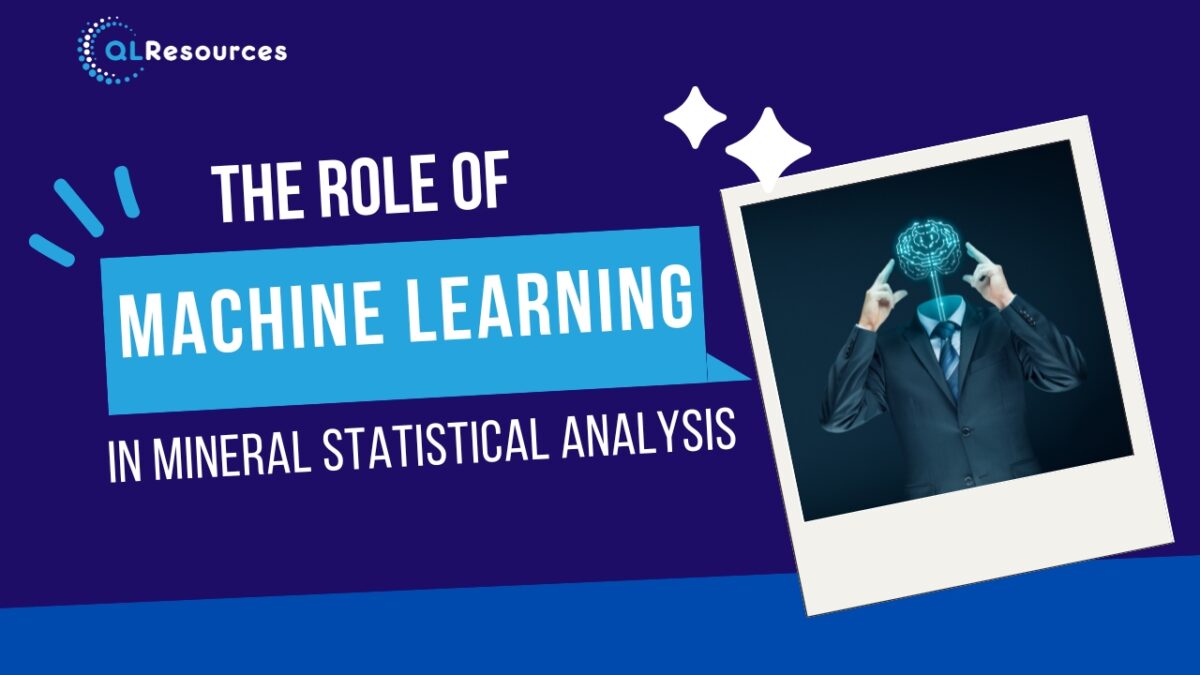Machine learning is a subset of artificial intelligence that involves the development of algorithms that can learn and make predictions based on data. In the mining industry, machine learning is increasingly being used to analyse mineral deposit data and identify patterns that can be used to optimise mining operations. Here are some ways in which machine learning is playing a role in mineral statistical analysis:
1. Predictive Modeling
One of the primary uses of machine learning in mineral statistical analysis is in predictive modeling. Machine learning algorithms can be used to predict mineral grades and identify areas of the deposit that are likely to have high concentrations of valuable minerals. These predictions can be used to optimise extraction efforts and increase the overall yield of the deposit.
2. Image Analysis
Machine learning algorithms can also be used to analyse images of the deposit to identify patterns and characteristics that are difficult to detect with the naked eye. For example, machine learning algorithms can be trained to identify minerals based on their texture, color, and other characteristics. This information can be used to create more accurate models of the deposit and optimise extraction efforts.
3. Feature Selection
Machine learning algorithms can also be used to identify the most important features in the data set that are most strongly correlated with mineral grades and other important characteristics of the deposit. This can help mining companies focus their analysis efforts on the most important features and reduce the computational resources required for analysis.
4. Clustering
Machine learning algorithms can also be used for clustering analysis, grouping together similar data points based on their characteristics. Clustering can be used to identify areas of the deposit that have similar mineral characteristics, such as grade and texture. This information can be used to optimise extraction efforts and increase the overall yield of the deposit.
5. Neural Networks
Neural networks are a type of machine learning algorithm that are designed to mimic the way the human brain works. Neural networks can be used to analyse large and complex data sets to identify patterns and relationships that are difficult to detect using traditional statistical methods. In mineral statistical analysis, neural networks can be used to create more accurate models of the deposit and optimise extraction efforts.
6. Decision Trees
Decision trees are another machine learning algorithm that can be used in mineral statistical analysis. Decision trees involve dividing the data set into smaller and smaller subsets based on their characteristics, with each subset representing a decision node in the tree. Decision trees can be used to identify the most important variables that contribute to mineral grade and texture, and to create more accurate models of the deposit.
7. Random Forests
Random forests are a type of machine learning algorithm that are designed to reduce overfitting and improve the accuracy of predictions. Random forests involve generating multiple decision trees, each with a different subset of data, and combining the results to make a prediction. Random forests can be used to create more accurate models of the deposit and improve the efficiency of mineral statistical analysis.
In conclusion, machine learning is playing an increasingly important role in mineral statistical analysis in the mining industry. Machine learning algorithms can be used to analyse large and complex data sets, identify patterns, and make predictions based on the data. These predictions can be used to optimise mining operations, increase the efficiency of resource extraction, and improve the overall yield of the deposit. Furthermore, as the field of machine learning continues to evolve, new techniques and approaches are being developed that can further improve the accuracy and efficiency of mineral statistical analysis in the mining industry.
